Curfew has been imposed and shoot on sight orders have been issued in two districts of Haryana after the agitation for reservations for the Jat community escalated on Friday. Three people were killed in police firing on Friday and 18 were injured.
What started off as unhappiness over the quashing of an order by the Supreme Court was followed by a war of words between politicians, and has now led to the agitations that have resulted in the army being called in.
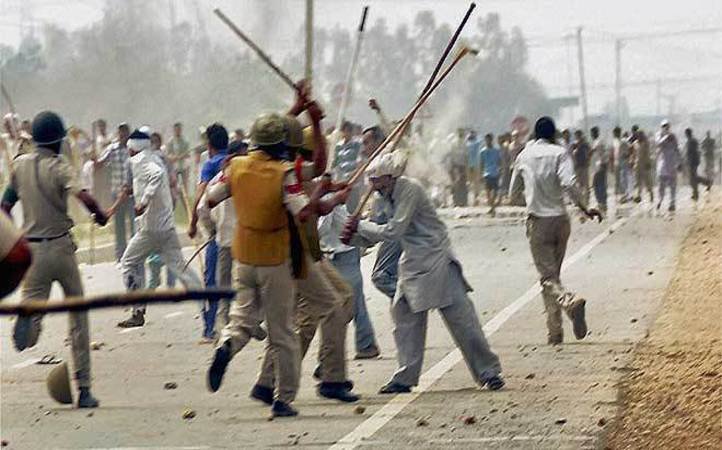
While the violence is reminiscent of similar controversies regarding reservation in other parts of the country over the past year, here’s a brief timeline of the agitation:
- For years the Jat community have been seeking Other Backward Classes (OBC) status and reservations in government jobs. The community has a population of eight crore spread across Haryana, Rajasthan, Punjab, Delhi, UP, MP and Uttarakhand.
- The stir which began in 2008, resulted in the Congress government issuing a notification to recognise Jats as an OBC community in 2014.
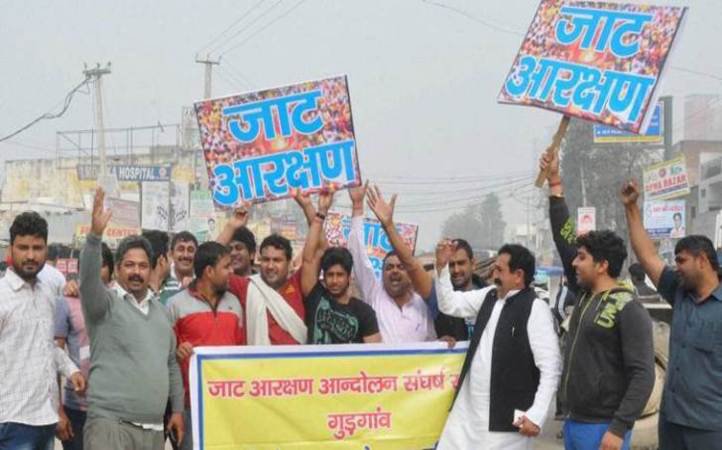
- The trouble began in July 2015, with the Supreme Court setting aside the March 2014 order that granted OBC status to the community. This verdict was followed by the Jat Samiti and Khap Panchayat protesting against it.
- On Tuesday, the Supreme Court dismissed the Centre’s petition to rethink its decision on OBC status for Jats, and this was followed by Jats in Hisar blocking highways and rail tracks, Hindustan Times reported.
- While the Chief Minister Manoharlal Khattar was able to resolve the situation in Hisar, protests broke out in Rohtak where members of the community blocked railways and highways connecting it to the national capital.
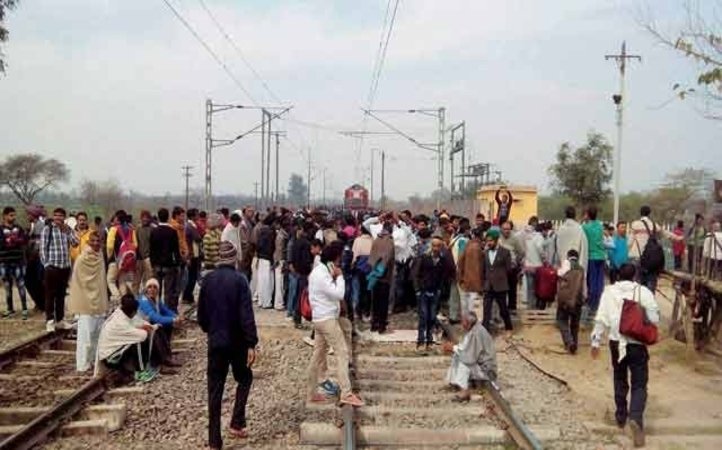
- Due to the agitation blocking the railway tracks, 206 trains were affected as 100 were cancelled and 70 trains were diverted. This resulted in a Rs 100 cr loss to Indian Railways in five days, Business Standard reported.
- The blockade on railway tracks have also had an impact on supply of coal to power plants in Punjab since 20 goods trains were affected, Business Standard reported.
- The situation quickly deteriorated as the protests took a violent turn in Rohtak. A mob torched a ministers house, and one protester was killed in police firing.
- As the police alleged that the firing started from the crowd, prohibitory orders were imposed in Rohtak and the army was called in to maintain calm in nine districts. Three people have reportedly died and 18 were injured in the unrest.
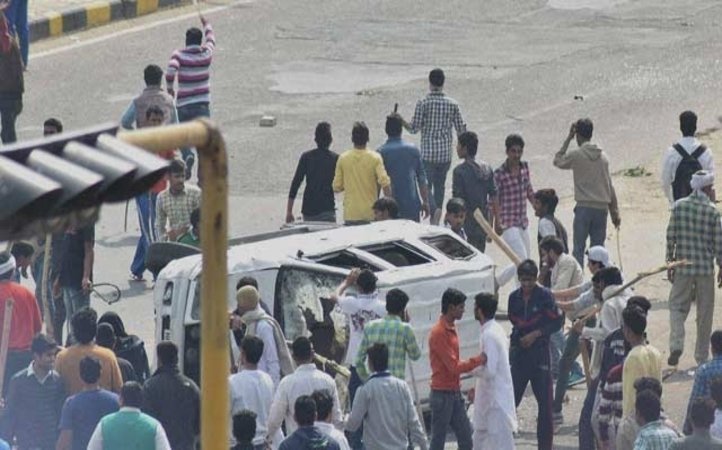
- A surge in violence in Rohtak led to a curfew being imposed in Rohtak and Bhiwani districts, followed by shoot on sight orders being issued.
- The protests reached the national capital region, as protesters blocked major roads in Gurgaon, bringing the city to a halt. Schools will also remain shut in Gurgaon.
- Meanwhile Haryana CM Manoharlal Khattar said that, “The draft bill would be framed after taking suggestions and consultation with Jat leaders and all leaders of all the political parties.”
- The mob attacked the residence of the inspector general in Rohtak, torched a police post at Dhigal and damaged an Agro Mall building on the Delhi road.
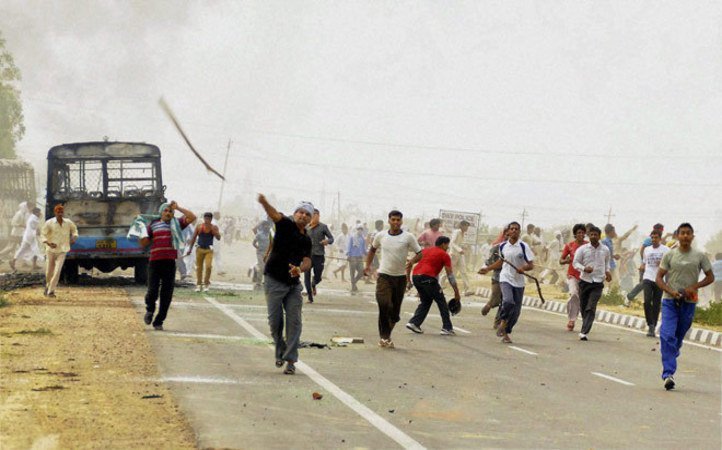
- There were protests held by members of 35 other communities, including Balmikis, who are opposed to an OBC status for Jats, a Hindustan Times report said.
- As 3300 additional paramilitary personnel have been sent in to help the state government, the army had to use choppers to enter Rohtak since protesters had dug up roads at entry points, NDTV reported.
Union Ministers Rajnath Singh, Manohar Parrikar, Sushma Swaraj and Arun Jaitley reviewed the situation with NSA Ajit Doval.
All images sourced from PTI

















